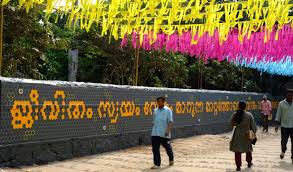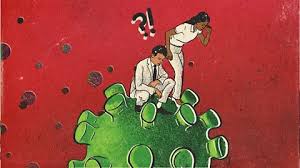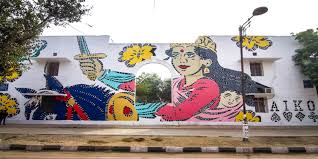
Menu

The global pandemic reshaped lives—and naturally, art. As the world shut down, artists turned inward, creating work that reflected solitude, anxiety, and resilience. This new wave of post-pandemic art is deeply personal, often minimalist, and rooted in emotional truth.
For months, studios became sanctuaries. With galleries closed and events canceled, many artists shifted to smaller formats—sketchbooks, intimate portraits, or digital screens. Their subjects revolved around mental health, daily rituals, and inner landscapes. What was once global became hyperlocal and introspective.
Isolation influenced materials too. Artists repurposed household objects, masks, newspapers, and packaging materials to create art. The boundary between life and art blurred—living rooms became both studio and gallery.
Themes like disconnection, longing, and hope surfaced repeatedly. Some artists visualized the invisible—like viruses or emotions—through abstract forms. Others used diaries, photo series, or mixed media to document their quarantine experience.
Digital platforms exploded with creativity. Livestream performances, virtual galleries, and collaborative online murals replaced traditional shows. Social media became a lifeline, helping artists stay visible and connected.
As the world heals, post-pandemic art reminds us of what we lived through—and how we survived. It’s not just about masks or lockdowns, but about memory, loss, and quiet strength. These works will remain historical markers of a moment that changed us all.



